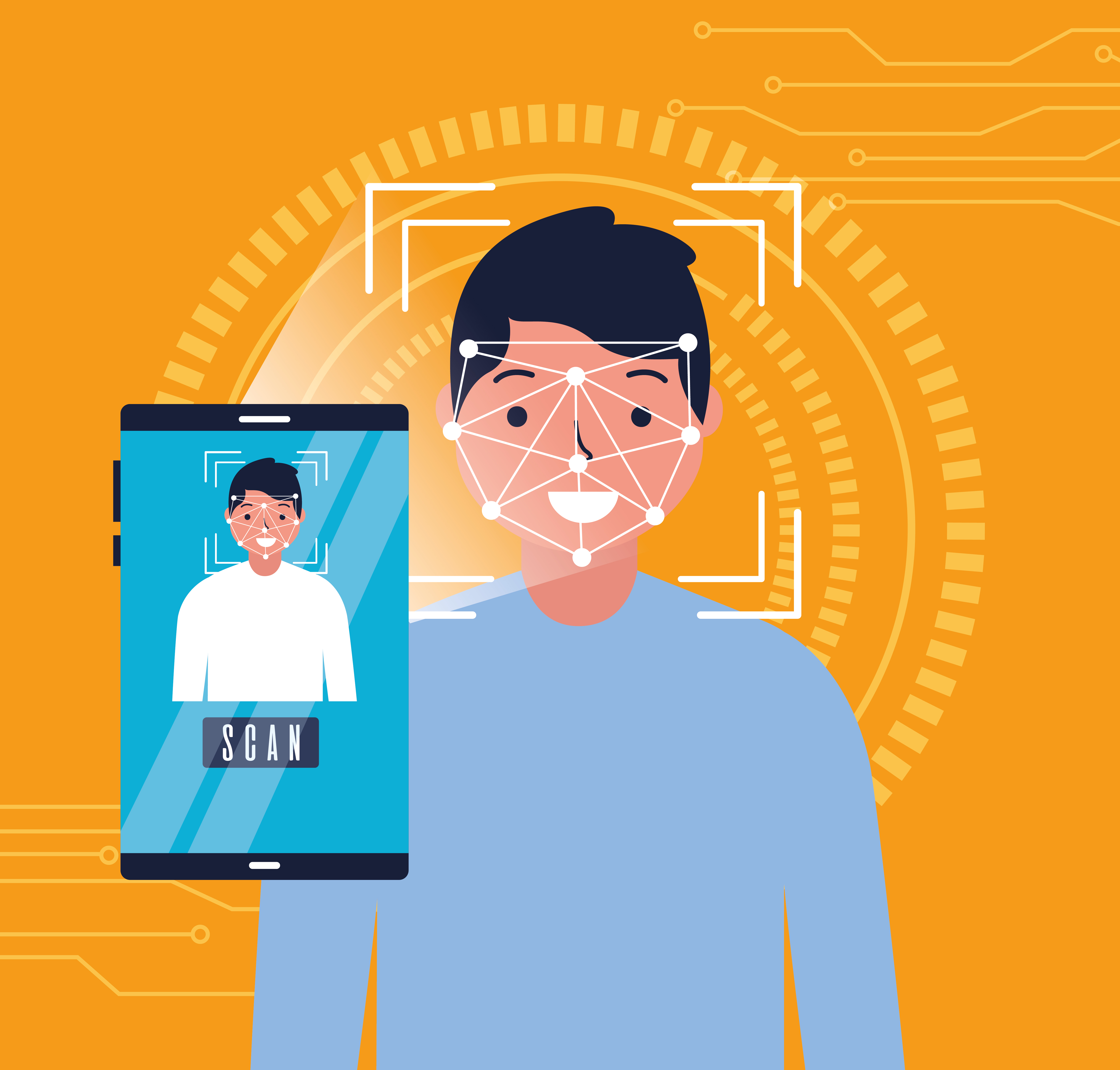How to Build an AI App: A Step-by-Step Development Guide

Strong 8k brings an ultra-HD IPTV experience to your living room and your pocket.
Introduction
Artificial Intelligence (AI) is revolutionizing the way businesses operate, offering smarter applications that enhance user experiences and automate complex processes. Whether you're creating a chatbot, a recommendation system, or an AI-powered automation tool, knowing how to build an AI app efficiently is crucial.
This guide walks you through the essential steps to develop an AI-powered application, from planning to deployment.
Why AI Apps Are Essential in 2025
AI apps are widely adopted across industries because they:
Enhance user engagement – AI chatbots and voice assistants improve communication.
Increase efficiency – AI automates repetitive tasks, saving time and costs.
Deliver personalized experiences – AI-powered recommendations boost customer satisfaction.
Improve decision-making – AI analyzes large datasets for better insights.
Key Steps to Build an AI App
1. Define the Problem and Use Case
Before diving into development, clearly define the purpose of your AI app. Ask these questions:
What problem will the AI app solve?
Who is the target audience?
What type of AI technology is needed (NLP, machine learning, computer vision)?
For example, if you’re developing an AI-powered virtual assistant, you’ll need natural language processing (NLP) capabilities.
2. Research and Select the Right AI Technology
Choosing the right AI tools is crucial. Some popular AI technologies include:
Machine Learning (ML) – Used for pattern recognition and predictive analytics.
Deep Learning – Useful for speech recognition and image processing.
Natural Language Processing (NLP) – Enables AI to understand and generate human language.
Computer Vision – Helps AI apps recognize images and videos.
3. Gather and Prepare Data
AI models require high-quality data for training. Follow these steps:
Collect relevant datasets – Use open-source datasets or proprietary data.
Preprocess data – Clean and structure data for better AI training.
Label and annotate data – Essential for supervised learning models.
4. Choose the Best AI Framework and Development Platform
Selecting the right AI framework determines the app’s efficiency. Some top AI frameworks in 2025 include:
TensorFlow – Google’s powerful ML and deep learning framework.
PyTorch – Popular for AI research and production.
Keras – A high-level API for deep learning models.
For cloud-based AI development, consider:
Google Cloud AI – Scalable AI infrastructure.
AWS AI Services – Pre-trained AI models and ML tools.
Microsoft Azure AI – AI-driven APIs for developers.
5. Develop the AI Model
Now it’s time to train your AI model. The steps include:
Splitting the dataset – Divide data into training, validation, and testing sets.
Training the model – Use machine learning algorithms to teach AI patterns.
Optimizing the model – Fine-tune hyperparameters for better accuracy.
Once trained, test the AI model with real-world scenarios to ensure reliability.
6. Integrate AI into Your Application
After building the AI model, integrate it into the app. Depending on the platform, you can:
Embed AI models within mobile or web applications.
Use AI-powered APIs (Google AI, OpenAI API) for easy implementation.
Deploy AI on cloud platforms for real-time data processing.
At this stage, you are close to successfully building an AI app that is functional and optimized for real-world use.
7. Test the AI App for Accuracy and Performance
Before deployment, rigorously test the AI app. Key areas to evaluate include:
Functionality testing – Ensuring all AI-driven features work correctly.
Performance testing – Checking response times and processing speed.
Security testing – Protecting user data and preventing AI biases.
8. Deploy the AI App and Monitor Performance
Once testing is complete, deploy the AI app on preferred platforms (iOS, Android, or web). Post-launch, monitor app performance by:
Tracking user interactions – Gathering feedback for improvements.
Updating AI models – Ensuring AI stays relevant with new data.
Fixing bugs and security patches – Maintaining long-term reliability.
Challenges in AI App Development and How to Overcome Them
1. Data Privacy Concerns
AI apps rely on large datasets, making privacy crucial. Solutions include:
Implementing data encryption and GDPR compliance.
Allowing users to control their data preferences.
2. AI Model Accuracy Issues
AI models may produce errors if not trained properly. Improve accuracy by:
Using high-quality, diverse datasets.
Regularly updating the model with new training data.
3. High Development Costs
AI development can be expensive due to computational power and data requirements. Reduce costs by:
Utilizing cloud-based AI services instead of building AI from scratch.
Using pre-trained AI models to save development time.
Future Trends in AI App Development
1. AI-Powered Automation
More businesses will use AI for automating workflows and decision-making.
2. Conversational AI and Voice Assistants
Advancements in NLP will make AI chatbots and voice assistants more human-like.
3. AI for Personalization
AI will drive hyper-personalized experiences in e-commerce, healthcare, and entertainment.
4. Ethical AI Development
More regulations will ensure AI is fair, unbiased, and transparent.
Conclusion
Building an AI-powered app requires careful planning, the right AI technologies, and ongoing improvements. By following this step-by-step guide, you can develop an AI app that is innovative, efficient, and user-friendly.
If you’re planning to build an AI app, start by defining your use case, selecting the right AI tools, training your model, and continuously refining it based on user feedback. AI is the future—investing in AI app development today will keep your business ahead of the competition in 2025 and beyond.
Note: IndiBlogHub features both user-submitted and editorial content. We do not verify third-party contributions. Read our Disclaimer and Privacy Policyfor details.







